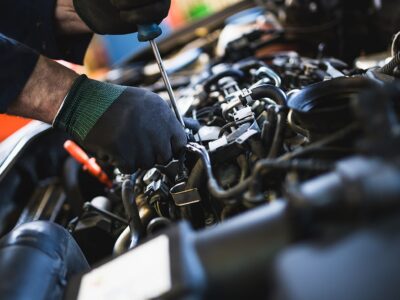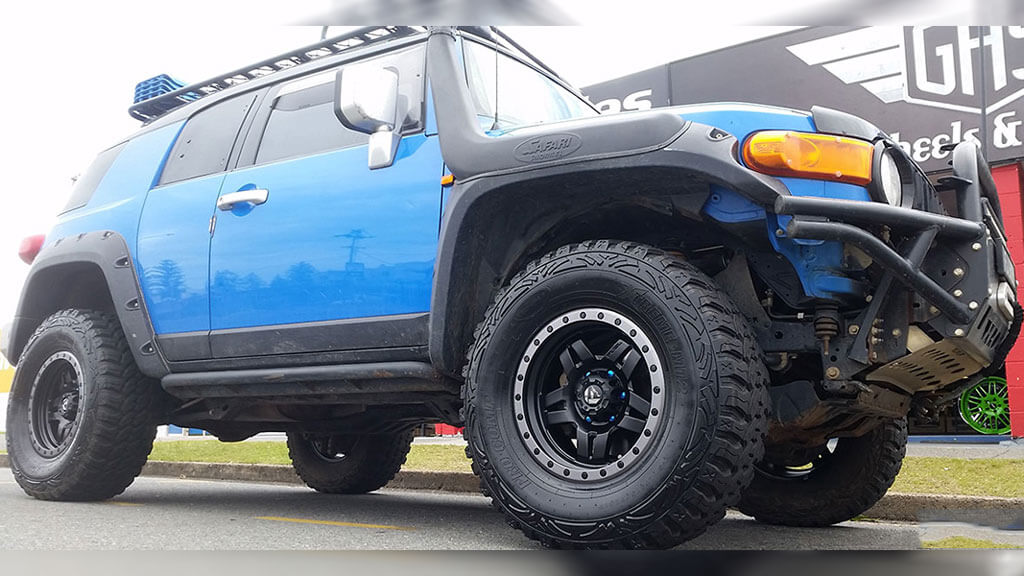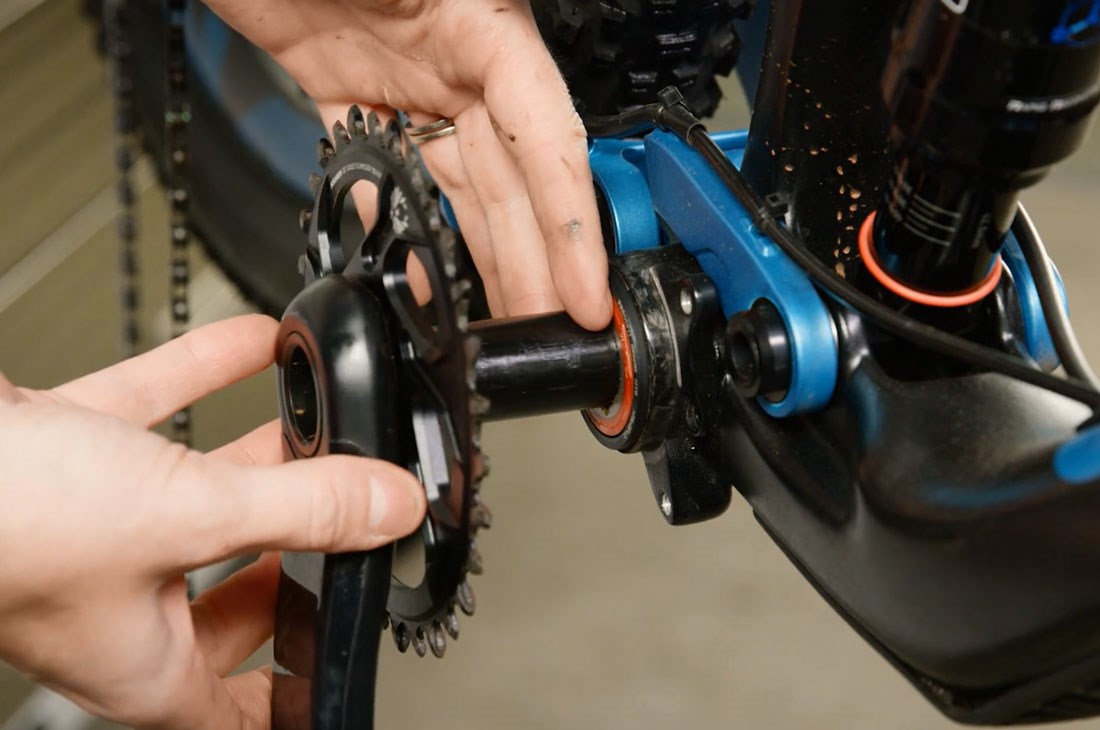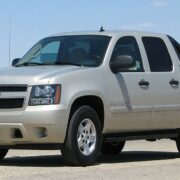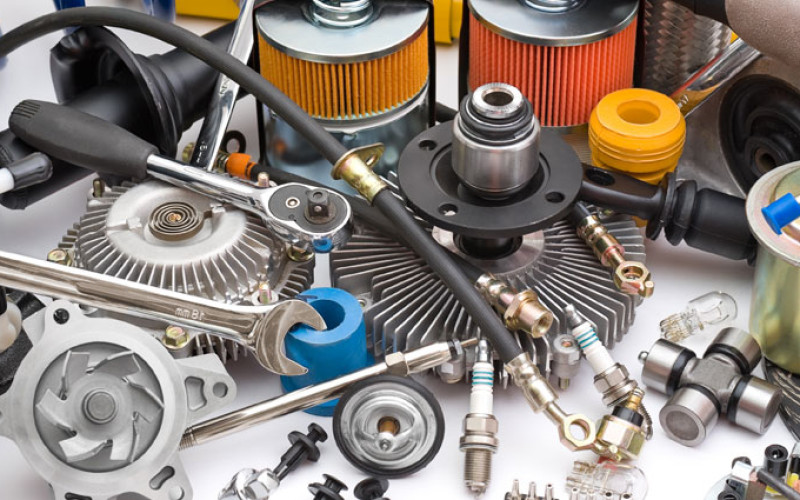
Have you at any point pondered when it is alright to buy vehicle parts from the business versus post-retail parts? All things considered, by and by, I have learned everything relies upon what part is being supplanted. By definition, a secondary selling part is any part for a vehicle that isn’t sourced from the vehicle creator.
Various organizations make parts intended to work the equivalent, or at times surprisingly better than the first. Gives start a chance to off with a genuine model. Around two months prior I drove one of our rental vehicles and I heard a slight clicking sound in the front end, right side. I took the vehicle to the organization technician, he test drove the van and afterward put it on a lift. The slight clicking sound was from the correct side stun tower bearing. The stun tower bearing should have been supplanted.
I supplanted the pinnacle holding on for a reseller’s exchange item. After two months after a client restored the rental I heard the indistinguishable clicking sound. I was shocked in light of the fact that the organization supplanted the part only two months sooner. The organization repairman prescribed that I supplant a similar part with a section from the vendor, instead of secondary selling so I did.
After two months, the new part from the vendor is holding up really great. This isn’t to imply that one is superior to the next on the grounds that I can give different models where I have been more joyful with post-retail buys.
Most secondary selling items performs well overall, and far and away superior to the business parts. I think everything relies upon what part you are supplanting. Along these lines, in the event that you have bought reseller’s exchange items for your vehicle and you are cheerful or somewhat frustrated in the presentation of the item it is ideal to observe what items functions admirably from the vendor and what items functions admirably from secondary selling. Both can spare you a huge amount of cash not far off.
Here are a few masters and con for post-retail parts
Masters
1) Less costly:
2) Quality can be equivalent to or more noteworthy than OEM: at times, you may wind up with a superior part than you began with. “The secondary selling organizations figure out the part, and work the shortcomings out,
3) More assortment: There are several organizations that make post-retail parts
4) Better accessibility:
Cons
1) Quality shifts significantly: The maxim “you get what you pay for” sounds valid here. Some reseller’s exchange parts are second rate as a result of the utilization of lower-quality materials
2) Overwhelming choice:
3) May not have a guarantee:
Experts and Con from Dealership parts
1) Comes with a guarantee: Most automakers back up their OEM parts with a one-year guarantee. What’s more, in the event that you get your vehicle fixed at the vendor, they’ll typically remain by their work also.
2) Easier to pick your part: If you go to the parts counter at a business and request any part, you will normally get one type.
Cons
1)More costly
2) Quality may not be prevalent: You paid the additional cash for an OEM part, trusting that it was superior to a reseller’s exchange part. However, that may not generally be the situation. Some reseller’s exchange parts are equivalent to or at times superior to OEM parts. So you may be paying extra only for the name.
3) Need to be purchased at the business: the vast majority will go to a vendor to purchase their vehicle parts. This constrains the quantity of spots you can purchase from.
Like I referenced previously, observe what part works, counsel your repairman and you can and will get a good deal on your next auto fix

